
Halbtagesausflug Hagar Qim Tempel und Limestone Heritage
The megalithic temples of Hagar Qim (meaning "Standing Stone") are the most preserved prehistoric sights. The big stone on the right side of the entrance weighs 20 tones. Evidence suggests that Hagar Qim was built by stone age people who came from Scilly. Hagar Qim is a temple that was built for worship rather than habitation.

Malta the megalithic temple of Hagar Qim, 28002400 BC (World
Ħaġar Qim, over 5000 years old, is found at the top of a promontory with a fertile plain to its east and garrigue sloping down to the sea to the west. 500m downhill from Ħaġar Qim one finds Mnajdra, a contemporary building, probably used by the same community given its proximity. The late-Neolithic site of Ħaġar Qim consists of a group of.

5five5 Megalithic temple of Hagar Qim (Malta)
The temple of Ħaġar Qim stands on a hilltop overlooking the sea and the islet of Fifla, not more than 2km south-west of the village of Qrendi. At the bottom of the hill, only 500m away, one finds the remarkable temples of Mnajdra. Both sites are included in the UNESCO World Heritage List.
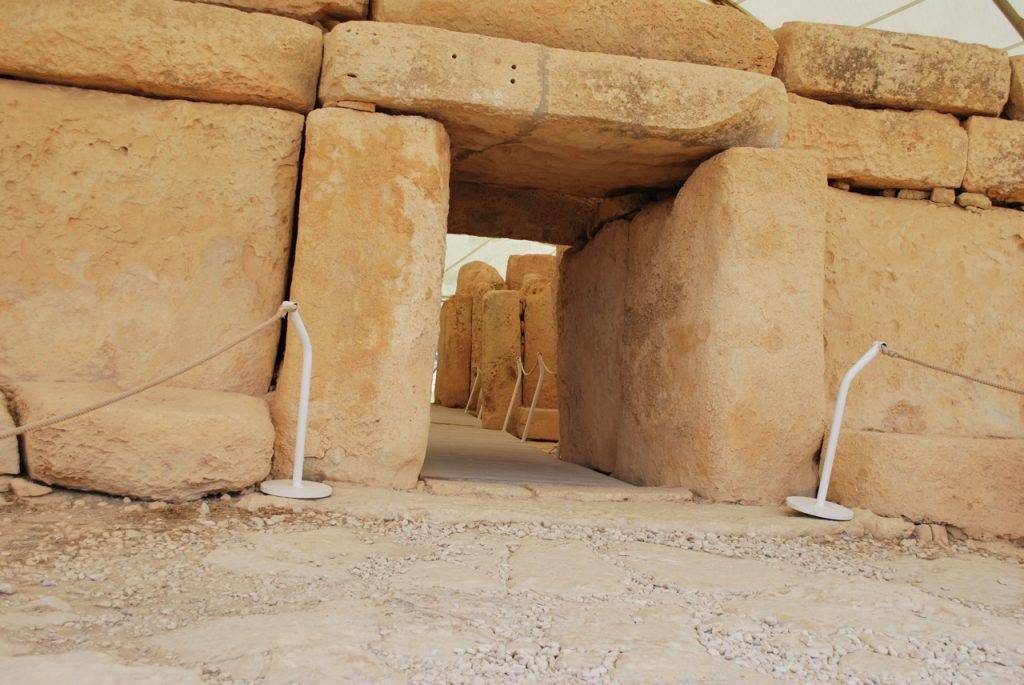
The Amazing Prehistoric Hagar Qim Temples of Malta
Hagar Qim & Mnajdra Temples. The Maltese Islands are proud to have three sites inscribed on the UNESCO World Heritage List. This includes the Capital City of Valletta (European Capital of Culture of 2018), Ħal Saflieni Hypogeum and the Ġgantija Temples, that were added in 1980. Later on in 1992 Ġgantija Temples was renamed to 'Megalithic.

Malta, prehistoric temples, Hagar Qim temple Stock Photo Alamy
The Mnajdra Temple complex is located in Qrendi, in Southern Malta, close to the sea in a little valley close to where the temple of Hagar Qim stands. In fact, the proximity of the two temple sites makes for a very convenient combined visit. The Mnajdra Temples, which are also a UNESCO World Heritage Site, date back from around 3600-2500BC.

5five5 Megalithic temple of Hagar Qim (Malta)
Hagar Qim Temples. Hagar Qim is significant for the large number of important artefacts recovered from the site, including human figures, now on display in the National Museum of Archaeology in Valletta. It is also known for its "oracle hole", a curious elliptical hole located on one side that allows light from the sunrise to enter an apse.
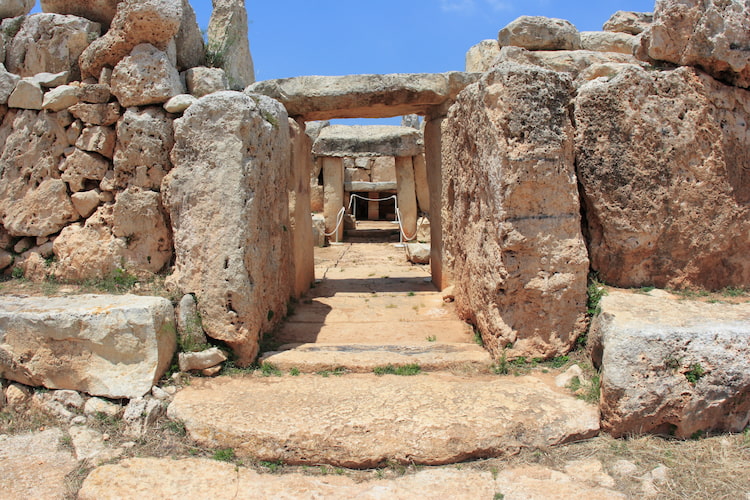
Hagar Qim History and Facts History Hit
Between 3600 BC and 700 BC, a series of prehistoric temples were built in the form of megalithic (large stone) constructions. The Hagar Qim temples of Malta are approximately 1000 years older than the pyramids of Egypt. This stone-age civilisation kept building more and more temples, and traces of 43 different temples can be found on the island.
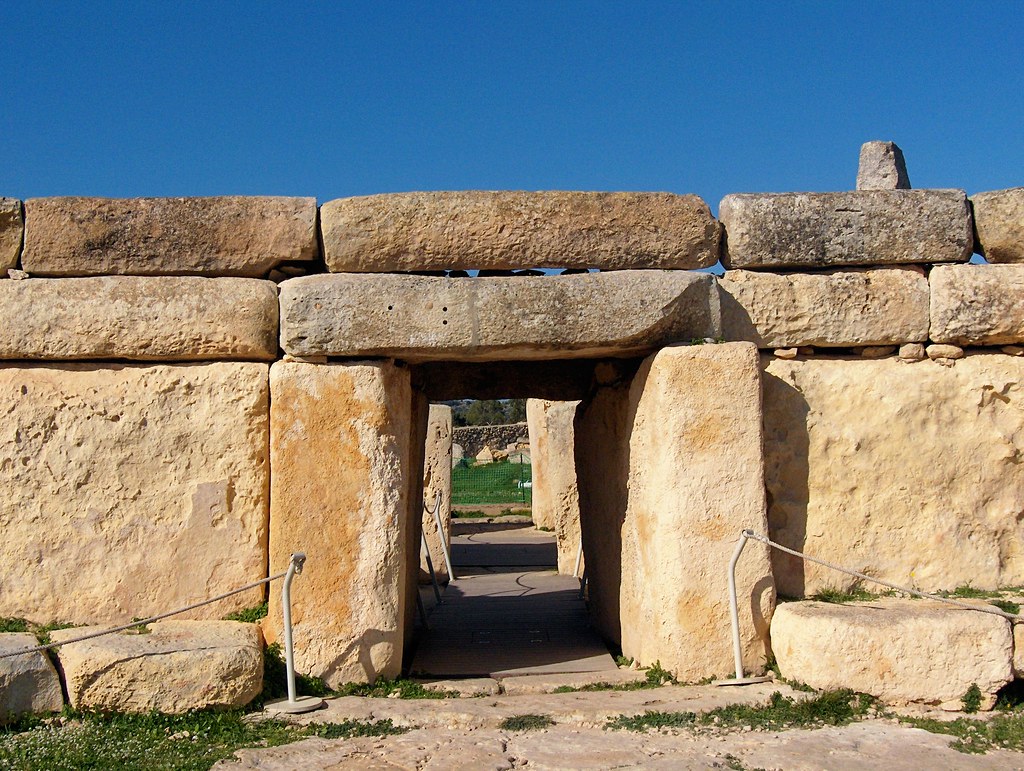
Hagar Qim, Neolithic Temple; Malta The temple of Hagar Qim… Flickr
Hagar Qim is a megalithic temple complex on the island of Malta. This temple complex is said to belong to the Neolithic era, i.e. 3600 - 3200 BC. Although Hagar Qim is one of the main Neolithic temple complexes in Malta, it should be pointed out that it was not the only one in the region. For instance, other temples include Tarxien and Skorba.

Hagar Qim Temple, Malta Neolithic Studies
A single temple with multiple apses, Ħaġar Qim stands out from the other Maltese Temples that are normally clusters of two or three temples in more uniform patterns. Excavated initially in 1839, the site yielded decorated altars and a number of steatopygous figures.
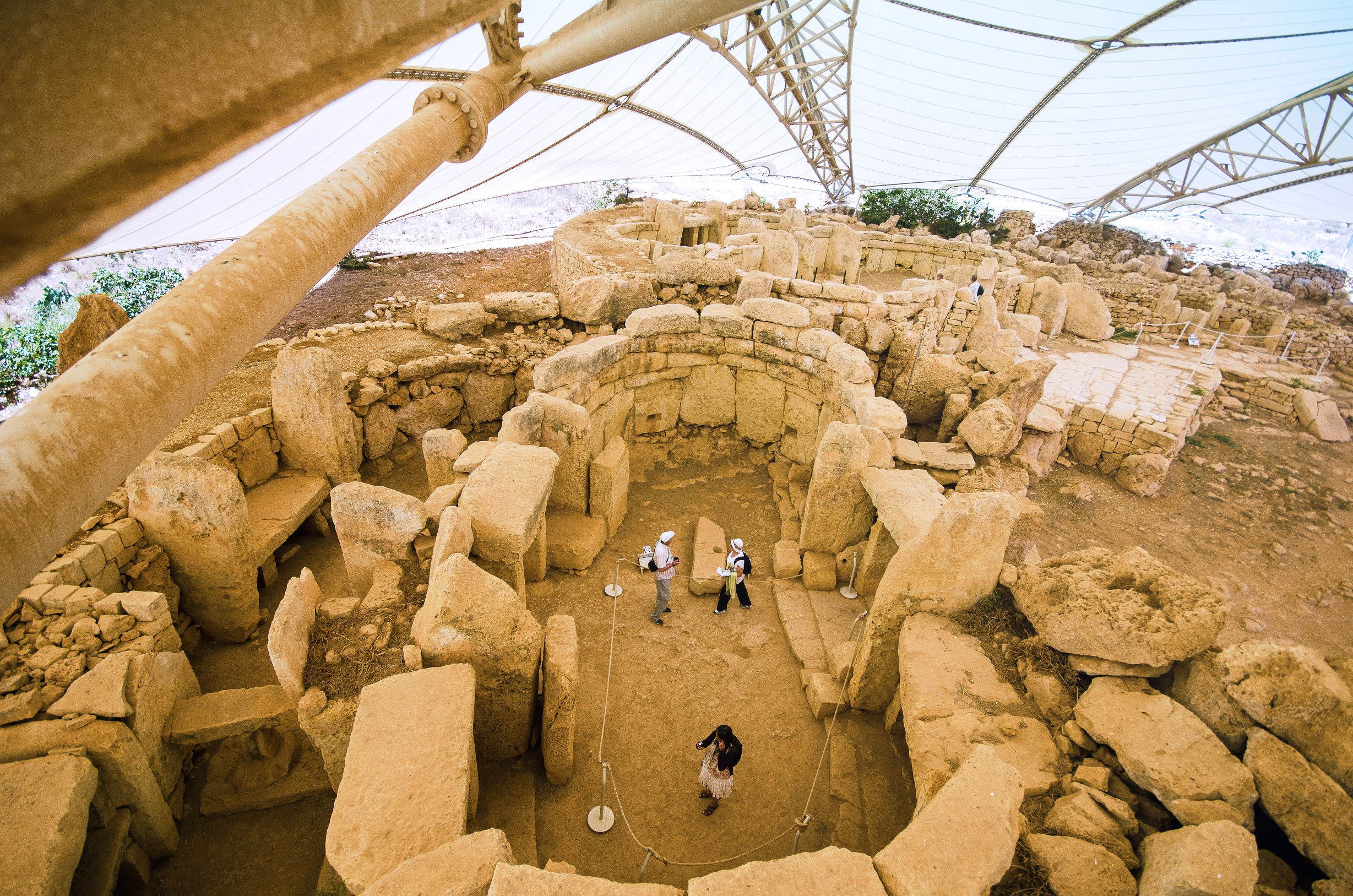
Templo de Hagar Qim, Limestone Heritage y el Mercadillo Stampby
Seven megalithic temples are found on the islands of Malta and Gozo, each the result of an individual development. The two temples of Ggantija on the island of Gozo are notable for their gigantic Bronze Age structures. On the island of Malta, the temples of Hagar Qim, Mnajdra and Tarxien are unique architectural masterpieces, given the limited.
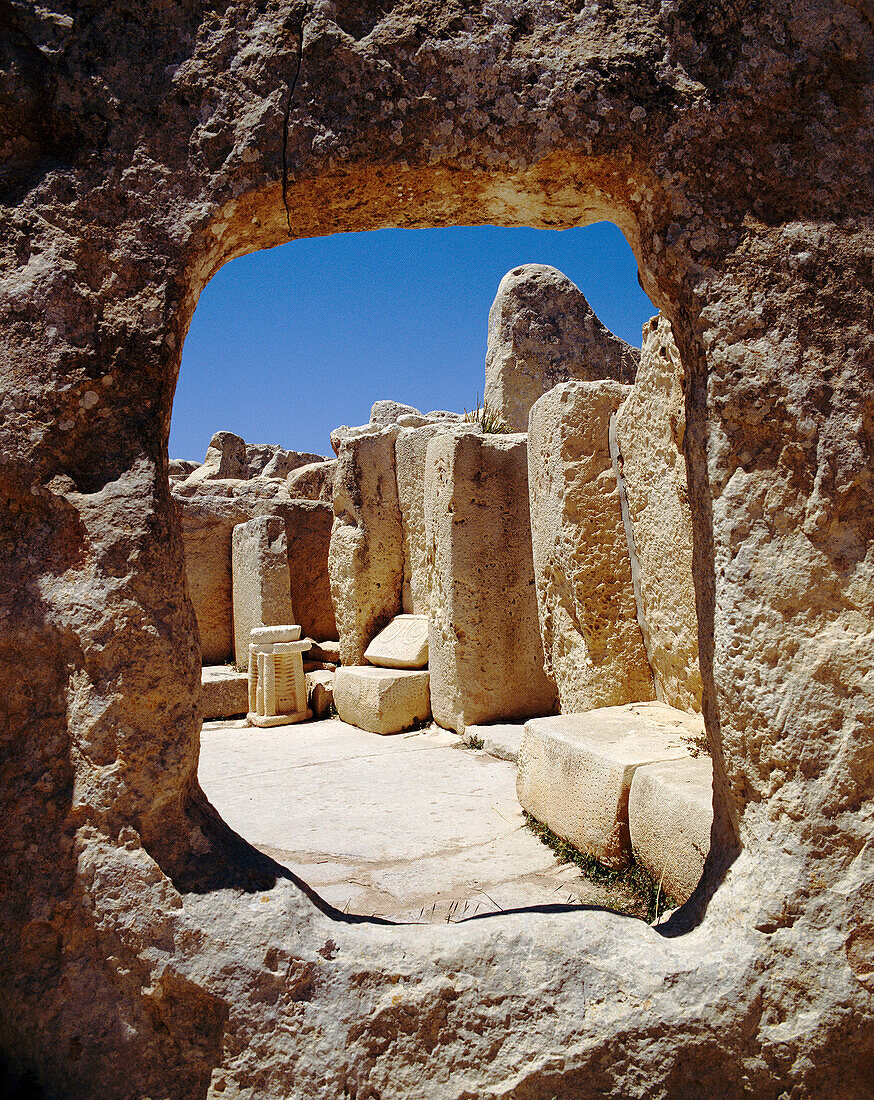
Megalithic Temple, Hagar Qim, Malta, … License image 70257092 Image
A Brief of Hagar Qim Temples. The 5,000-year-old Hagar Qim ("HA-jar eem"), which means "standing stones" was built between 3600 - 3000 B.C. It lies about a mile away from the village of Qrendi and a half hour drive from Valletta the capital city of Malta. A further temple lies just a short walk down the hill, known as Mnajdra temples.

5five5 Megalithic temple of Hagar Qim (Malta)
In one of the chambers (apses) of the main temple, there is a hole through which the rays of the rising sun fall on the summer solstice day. Not much is known about this structure. The temple of Hagar Qim was excavated for the first time in 1839 and dated back to c. 3600 - 3200 BC. It stands on a hilltop overlooking the sea and the islet of.
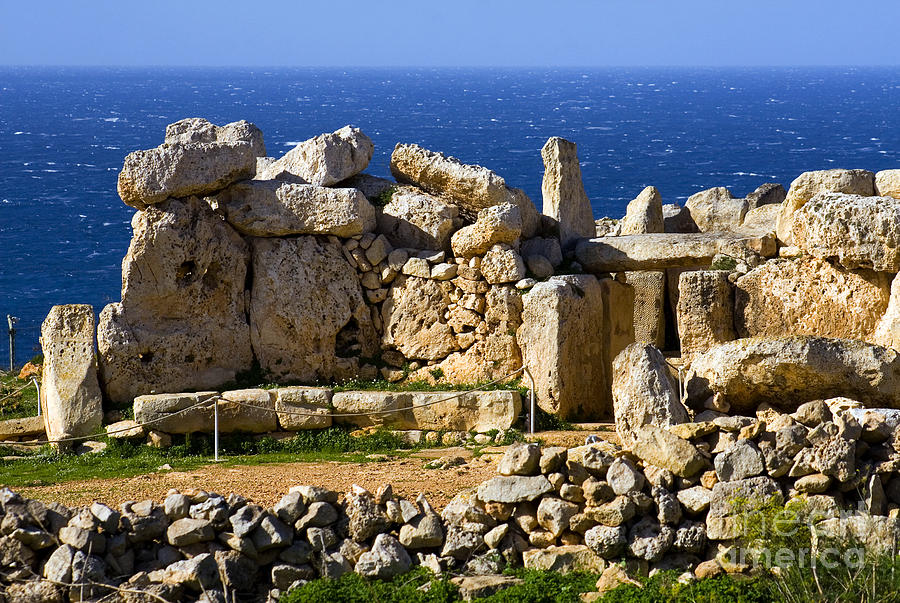
Hagar Qim Stone Temple Photograph by Tim Holt Fine Art America
The Hagar Qim temples are the most picturesque out of the series of megalithic temples found in Malta. They are is situated on a hilltop with a backdrop of the Mediterranean sea expanse and the quaint islet of Filfla, giving them a beautiful and timeless setting. Dating back to circa 3600-3200 B.C., Hagar Qim was first excavated in 1839.
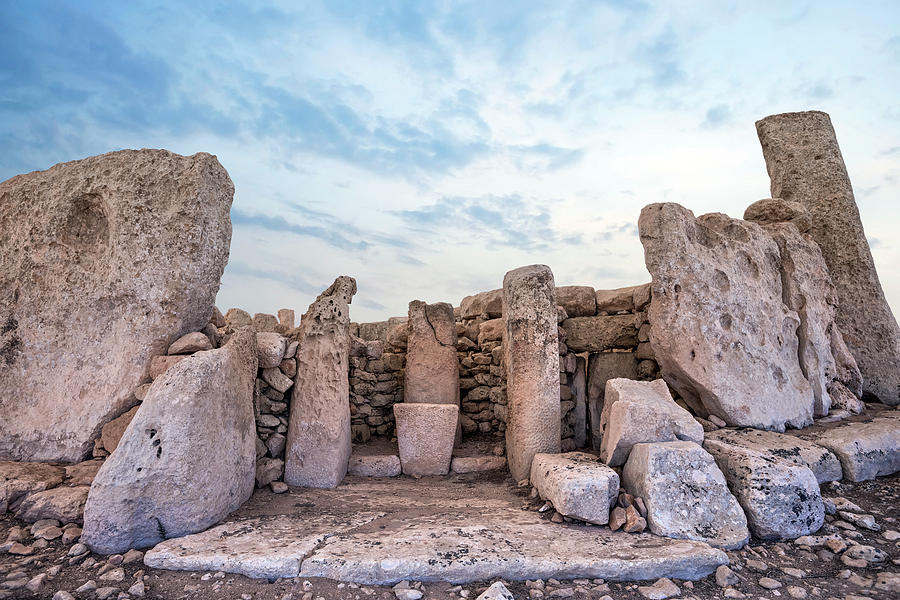
Hagar Qim Temples Malta Photograph by Joana Kruse Fine Art America
Possibly the most popular prehistoric temple in Malta, Ħaġar Qim is a UNESCO World Heritage Site. It is built on a hilltop near Qrendi, a village on the Southern coast of Malta. On the other side of the hill, lie the impressive temples of Mnajdra. A popular theory suggests that the village, originally known as Krendi, got its name from the.
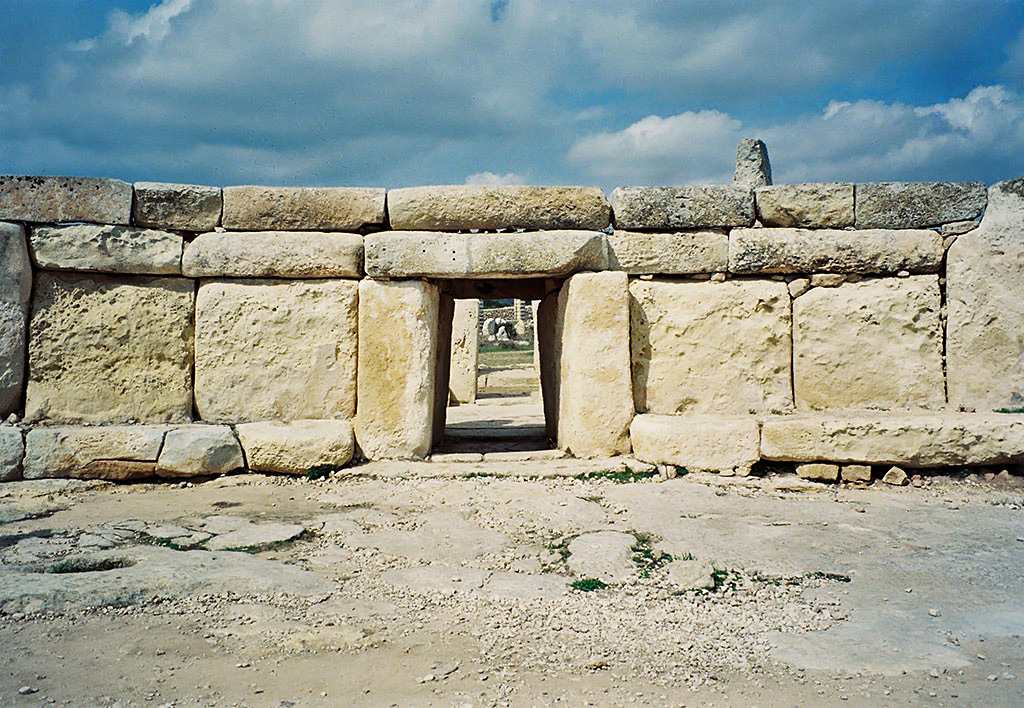
Hagar Qim Megalithic Temple Complex The Ancient Connection
Etymology. Many of the names used to refer to the different sites carry a link with the stones used for their building. The Maltese word for boulders, 'ħaġar', is common to Ta' Ħaġrat and Ħaġar Qim.While the former uses the word in conjunction with the marker of possession, the latter adds the word 'Qim', which is either a form of the Maltese word for 'worship', or an archaic form of the.
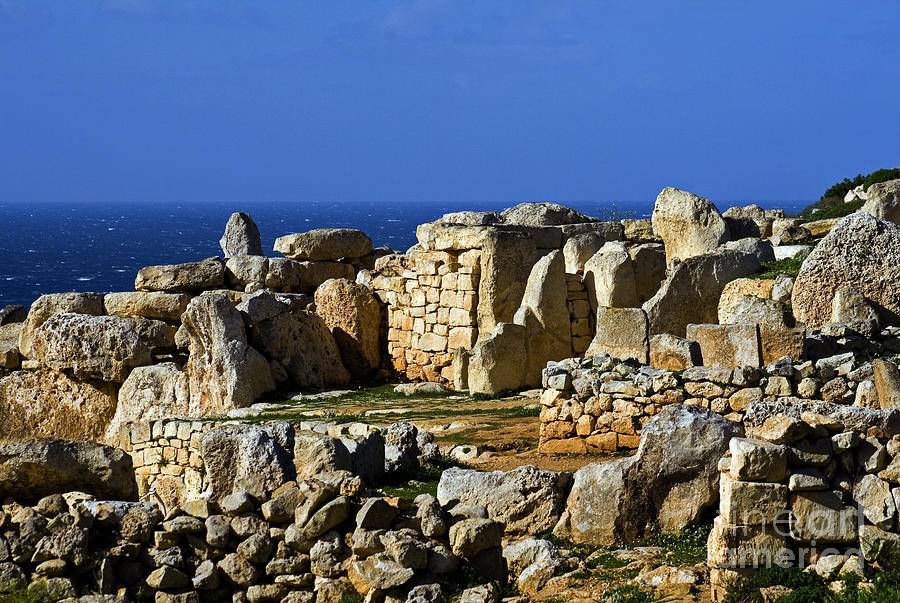
Hagar Qim Stone Temple Photograph by Tim Holt Fine Art America
Hagar Qim. The temple of Hagar Qim (pronounced hagiar im), which means the "standing stone" or "stone of worship", was first excavated in 1839 and has been dated to the Tarxien phase (3200-2500 BCE). It is located on the top of a hill on the southern side of the island of Malta, overlooking the sea and the small island of Filfola.